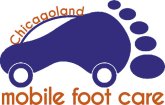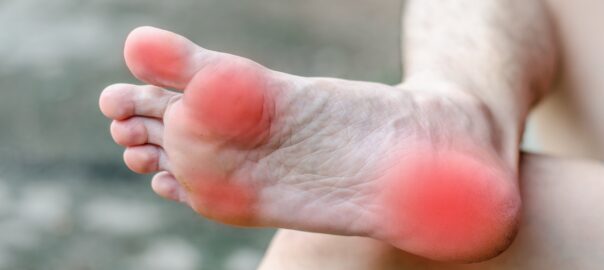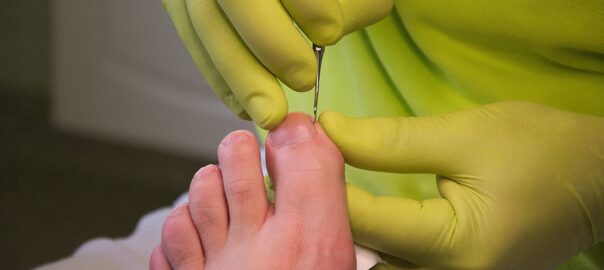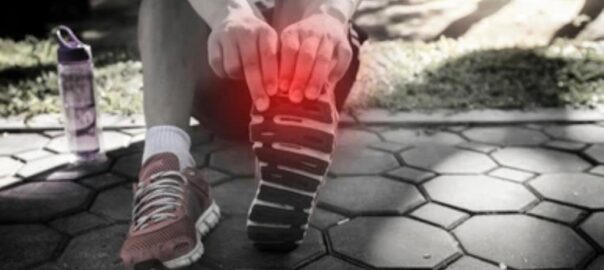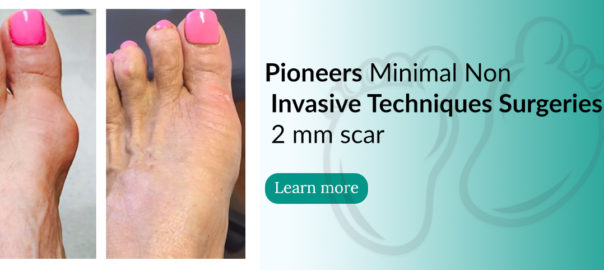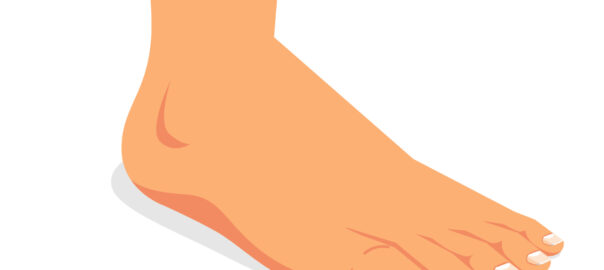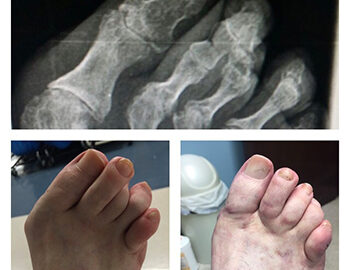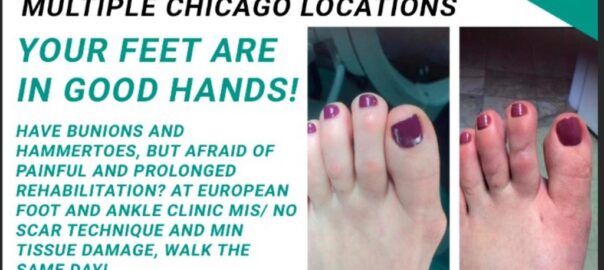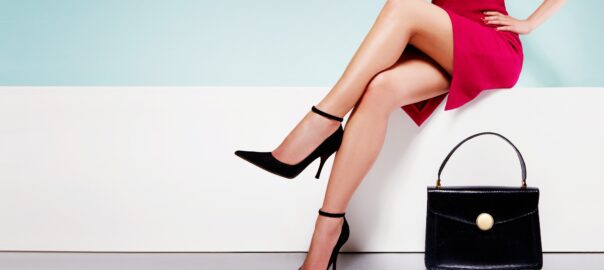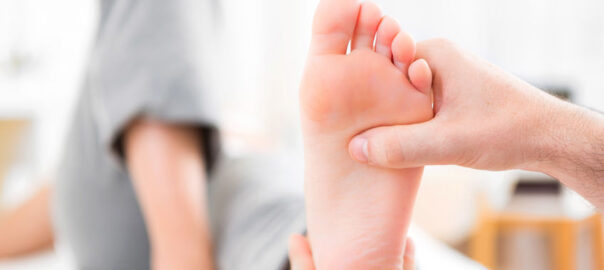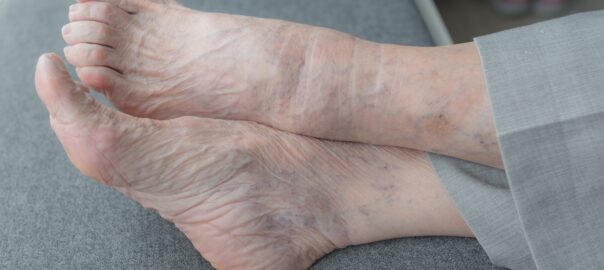There are several treatments available for heel pain, depending on the underlying cause of the pain. Here are some common treatments:
- Rest: Avoiding activities that exacerbate the pain can help the heel heal.
- Ice: Applying ice to the affected area for 15-20 minutes at a time, several times a day can help reduce inflammation and pain.
- Stretching: Stretching exercises can help to relieve tension in the foot and ankle muscles.
- Orthotics: Custom-made shoe inserts can help to distribute the weight more evenly on the foot, reducing pressure on the heel.
- Physical therapy: Physical therapy can help to improve flexibility and strength in the foot and ankle, which can reduce pain and improve function.
- Medications: Over-the-counter pain relievers such as ibuprofen or acetaminophen can help to relieve pain and reduce inflammation.
- Corticosteroid injections: In some cases, corticosteroid injections may be used to reduce inflammation and pain.
- Surgery: Surgery may be necessary in rare cases, such as for severe cases of plantar fasciitis or heel spurs that do not respond to other treatments.
It is important to consult with a healthcare provider to determine the most appropriate treatment for your specific condition.
Please call us to schedule our podiatrist visit: 312-998-0974




